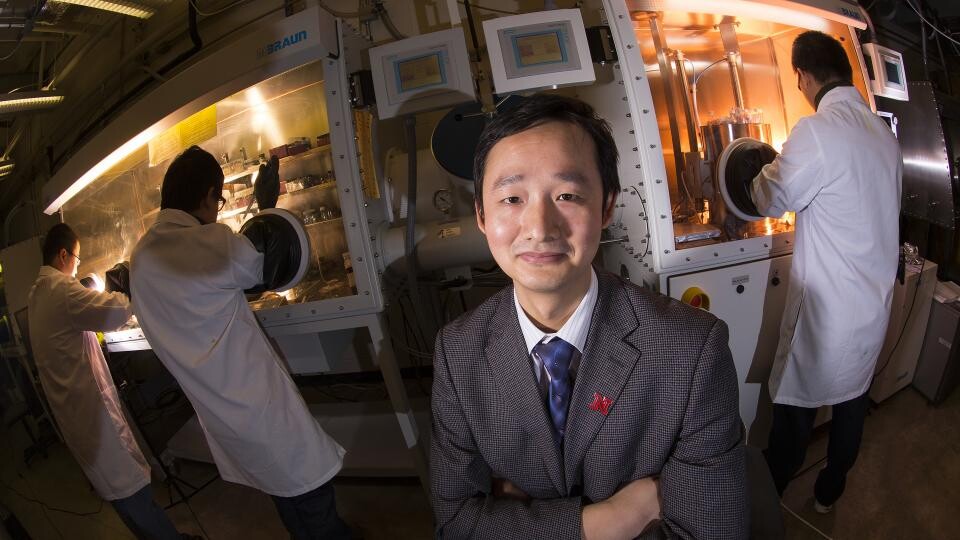
The same quality that buffers a raincoat against downpours or a pan against sticky foods can also boost the performance of solar cells, according to a new study from UNL engineers.
Published July 20 in the journal Nature Communications, the study showed that constructing a type of organic solar cell on a “non-wetting” plastic surface made it 1.5 times more efficient at converting sunlight to electricity.
The researchers used the technique to grow polycrystalline cells, which are less expensive, faster and easier to produce than those made from only a single crystal. Yet single-crystal cells have traditionally boasted better efficiency, partly because they feature far fewer grains - fragments akin to microscopic puzzle pieces.
The barriers between these grains reduce cell efficiency by trapping and recombining negatively charged electrons with their positively charged “holes,” which ideally produce electric current by migrating in opposite directions following their separation by photon-carrying sunlight.
Lead author Jinsong Huang and his team sought to reduce the number of these efficiency-draining barriers by increasing the size of the grains themselves. Though grain size is typically limited to the thickness of a solar cell, Huang’s team found that a non-wetting surface allowed it to fabricate grains up to eight times larger than the cell is thick.
As the name implies, a non-wetting surface causes liquid to bead and run off rather than spread and absorb on contact. Huang and his colleagues discovered that this type of surface acted on grain boundaries in a similar fashion, accelerating their movement and encouraging the formation of larger grains when subjected to heat.
“We found that the difference is huge,” said Huang, a Susan J. Rosowski associate professor of mechanical and materials engineering. “When you have two small grains merge into a larger grain, what happens is that a boundary actually moves from (the middle of two grains) to the end of one or the other. How easily these boundaries move will determine how fast these grains can merge and grow.
“A non-wetting surface is slippery, like when you pour oil on a floor. It’s easier for the grain boundary to move because we’re reducing some of the drag force on it.”
This slip-and-slide quality also limited the presence of particles known as nuclei, which act as seeds from which crystal grains sprout when a liquid compound solidifies. The relative scarcity of these nuclei naturally led to the growth of larger grains with fewer boundaries, according to Huang.
Using non-wetting surfaces as fabrication sites might also lead to improvements in other technology, the study reported, possibly in the form of faster transistors and more sensitive photodetectors.
“When it comes to electronic properties, crystallinity and grain size determine a lot,” said Huang. “So this is a simple method with a lot of potential applications.”
Huang’s co-authors included doctoral candidates Cheng Bi, Qi Wang, Yuchuan Shao and Zhengguo Xiao, along with research scientist Yongbo Yuan.
The team received funding from the U.S. Department of Energy and the National Science Foundation.







